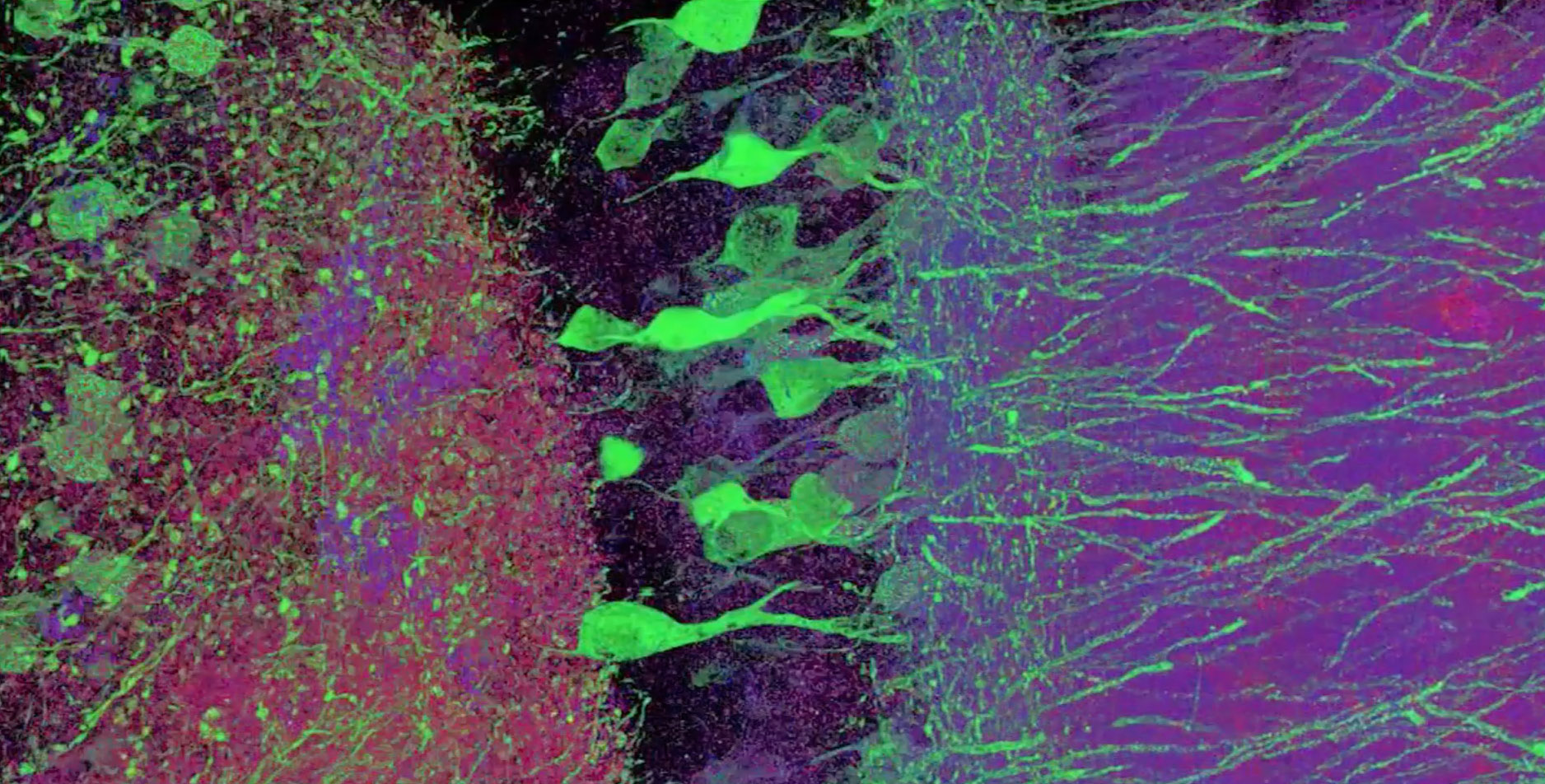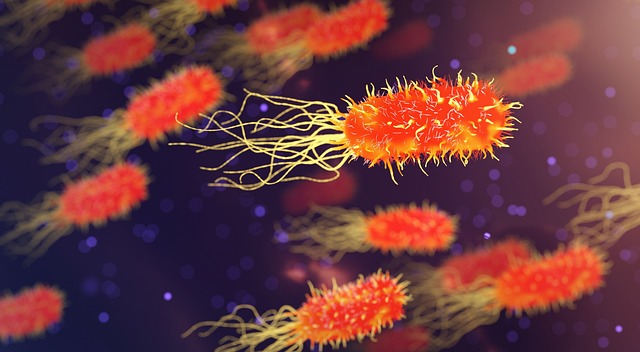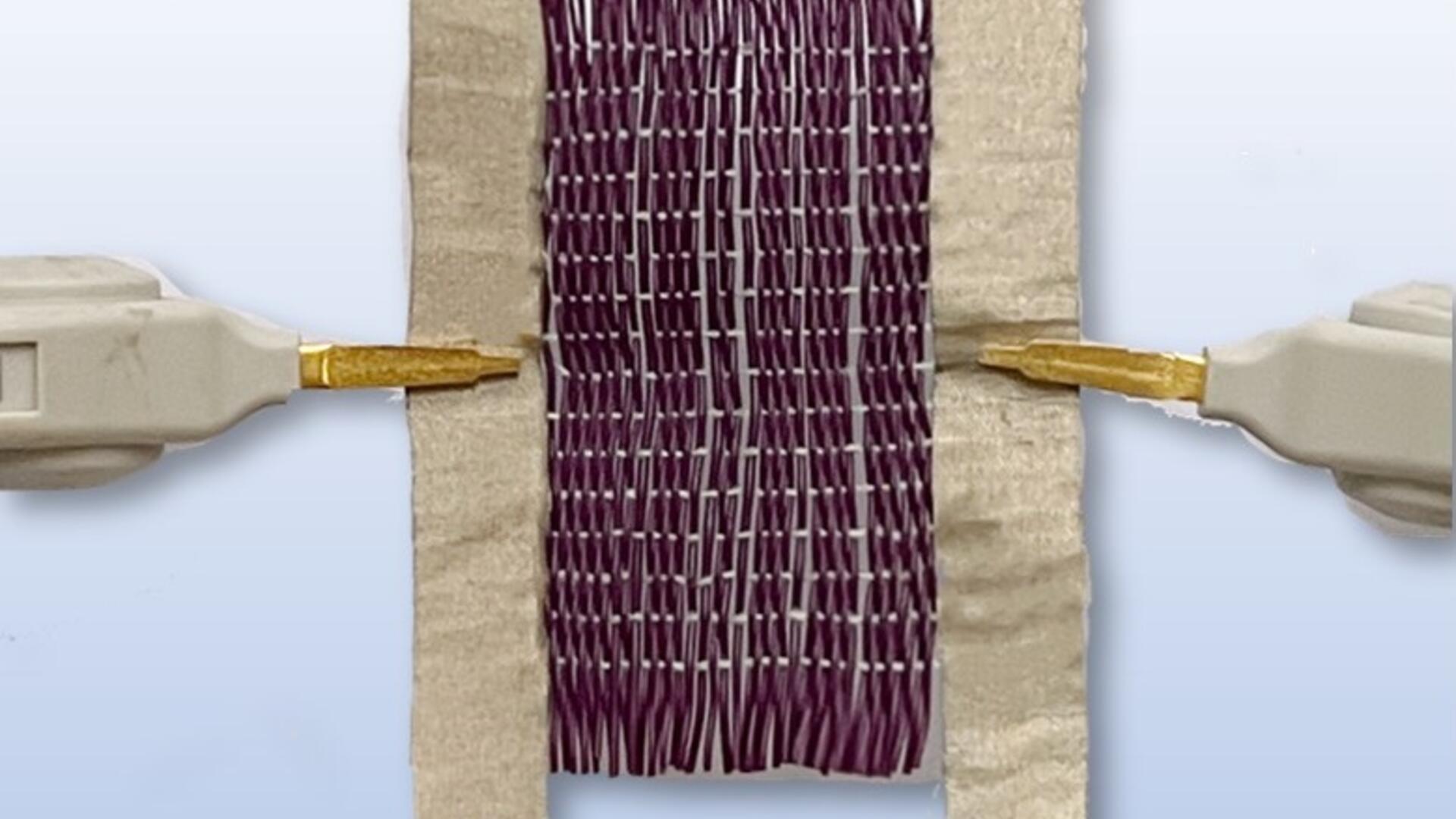Neuroscientists have found a new way to fortify the connective links between the neurons in the brain. The team of scientists at MIT has discovered a mechanism that will help the brain to create new memories and learn tasks in an efficient way. This latest mechanism will allow the brain to encode information by refining the connective links between neurons, which are also known as synapses.
A presynaptic neuron projects chemical signals to one or multiple postsynaptic receiving cells after each synapse interval. Previously, it was believed that these connective links automatically evolve. However, the team at MIT has discovered that by manipulating the presynaptic neurons, they will be able to fortify the connection strength. This will help in studies relating to neurodevelopment disabilities and diseases, such as autism, as they have their roots in the genetic and synoptic patterns of the brain in the form of protein codes.
One of the biggest arguments in the field of neuroscience is the ability of the brain to re-wire itself and how it affects the modification of behavioral conditions or plasticity. This process holds incomparable importance during early development of the brain when it is learning how to make new memories and new tasks.
Researchers have found that if a postsynaptic cell is subjected to a strong input, it causes the receptor neurotransmitter traffic to increase and rise to the surface, amplifying the overall signal. This process is known as Long-Term Potentiating (LTP) and occurs after persistent, high-frequency titillation of the synapses. In contrast to that, the weakening of the postsynaptic response can cause Long-Term Depression (LTD) which can result in low-frequency titillation after the receptors are disconnected.
To learn how synapses can be strengthened, scientists studied the neuromuscular junctions in fruit flies. They excited the neurons by subjecting them to a series of potential actions over specific periods of time. As a result, the junction cells released neurotransmitters in clear synchronization with the potential actions. The scientists also made another shocking discovery, that this process greatly emphasized the mini-events even after the electrical stimulation had ended.
These mini events caused the postsynaptic neurons to emit a signal that goes back to the presynaptic cells and activates an enzyme called PKA, which interacts with Complexin. Complexin is a type of vesicle protein that prevents the vesicles from producing neurotransmitters until they are needed by the body. By stimulating PKA, scientists discovered that they were able to change the Complexin to an extent that it released its grip on the neurotransmitter, allowing them to produce mini events.
The scientists concluded that enhanced production of these events stimulated the growth of new Bouton Connections between the pre and postsynaptic neurons. This significant study might be the first step in identifying how the presynaptic neurons effect the process of plasticity, which can revolutionize the field of behavioral learning, memory processing, and the neural growth mechanism.
According to Troy Littleton, a professor in the Departments of Biology and Brain and Cognitive Sciences at MIT, “Machinery in the presynaptic terminal can be modified in a very acute manner to drive certain forms of plasticity, which could be really important not only in development, but also in more mature states where synaptic changes can occur during behavioral processes like learning and memory.”







